Transpose
As a musician, the first thing I think of when I see the word “transpose” is my clarinet. Why? Because when I played in a symphony orchestra in college, I often was given several different clarinet parts (Bb, Eb, A) and each clarinet was a different size and therefore, tuned to a different key, if that makes any sense. Sometimes I would bring my Bb clarinet and forget my A clarinet, but had to play music that was written for the A clarinet, so I’d have to transpose the music in the moment. For musicians, to transpose means to perform something in a key other than the one which is written out or given. In other words, to play A clarinet music on the Bb clarinet, I would have to play each note a half-step lower on the spot. At first, it was very difficult, but after years of practice, I’ve become semi-decent at transposing on the spot!
To apply this to music therapy, I think of all the times I’ve had to adapt in the moment during a session. I’ve had to rearrange the order of the session plan on the spot, or come up with new ideas in the moment. For example, some of my clients have a hard time transitioning or initiating due to sensory needs. If a boy comes into a session sprawled out on the floor and flopping around, It can be very difficult to engage him in a music intervention. Instead of forcing my set session plan on him, I have to adapt my plan to where he is at that very moment. If he is laying on the floor, he may need sensory input to get his body regulated and ready to pay attention and engage. I believe that one of the most valuable things I’ve learned during this internship is how to adapt in the moment according to each client’s specific need. Just as I’ve had to TRANSPOSE while playing the clarinet, I’ve had to TRANSPOSE a session plan many times. And I will admit, it can be very difficult at times to think in the moment, but it will only get better with time and practice!
-Marjie



